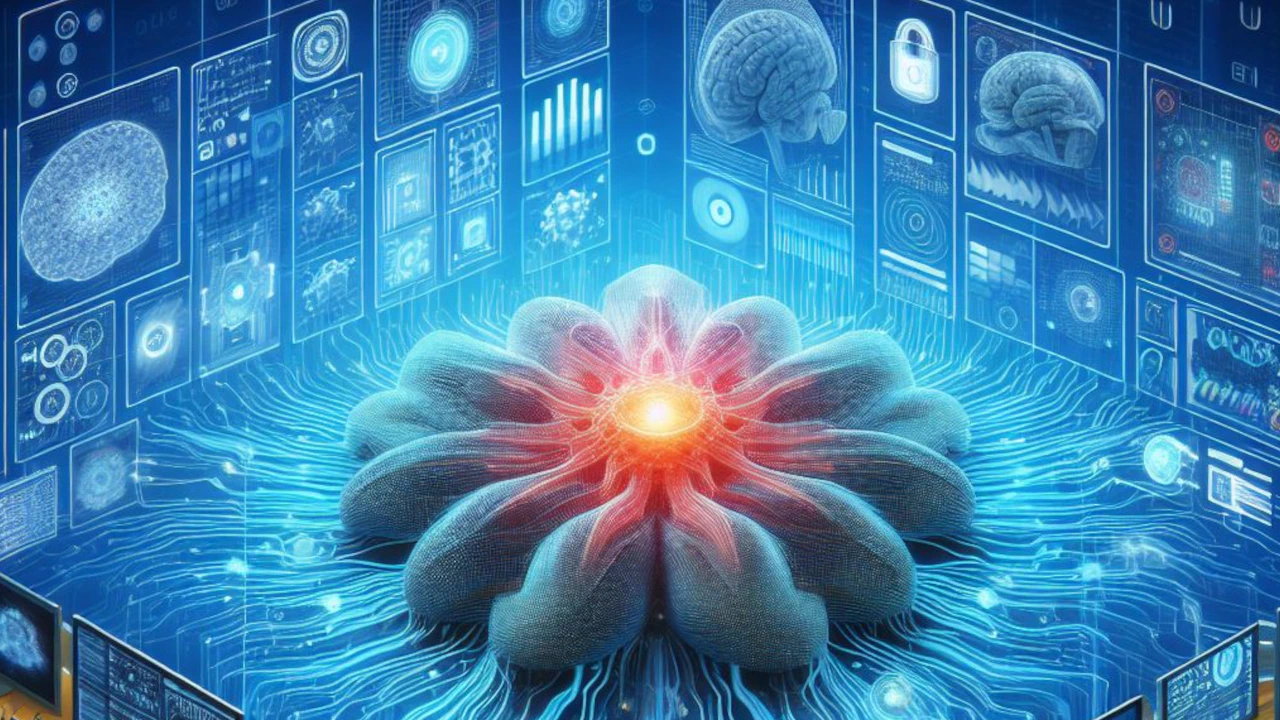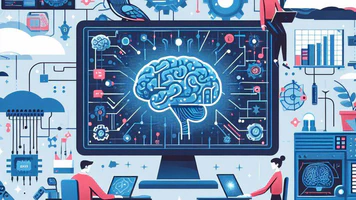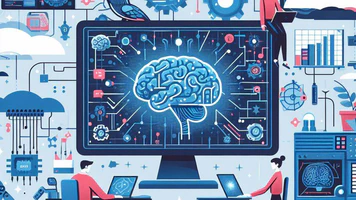
- By Justin Riddiough
- December 8, 2023
Understanding the Biological Basis
To comprehend the evolution of neuromorphic computing, it’s essential to unravel the biological foundations that inspire its design.
The human brain serves as nature’s blueprint for unparalleled cognitive capabilities.
Biological Foundations Inspiring Neuromorphic Design
The human brain’s complexity lies in its network of neurons and synapses, forming an intricate web that processes information in a highly parallel and energy-efficient manner. Neuromorphic computing draws directly from this biological basis, seeking to replicate the distributed and adaptive nature of neural networks.
Exploring Spiking Neural Networks
A pivotal aspect of neuromorphic computing is the emphasis on spiking neural networks, a concept that mimics the firing patterns of neurons in the brain.
Spiking neural networks add a temporal dimension to information processing, mirroring the dynamic nature of our thought processes.
Delving into the Concept
Spiking neural networks operate on the principle of neurons communicating through spikes or brief bursts of electrical activity. This contrasts with traditional artificial neural networks, where information flows continuously. The spiking model introduces a level of sophistication, capturing the timing and sequence of neural activity.
Significance in Neuromorphic Computing
The significance of spiking neural networks lies in their ability to replicate not just the “what” but also the “when” in information processing. This temporal precision enables neuromorphic systems to capture the nuanced timing of events, adding a layer of realism to artificial intelligence.
In summary, the exploration of biological inspiration and spiking neural networks in neuromorphic computing brings us closer to creating intelligent systems that mirror the complexity of the human brain. As we unlock the secrets of nature’s design, we pave the way for AI that not only computes but also understands the subtleties of temporal information processing.


